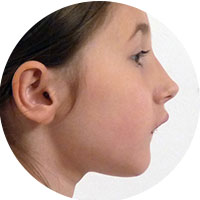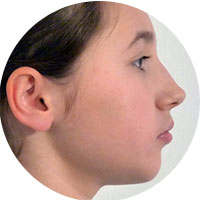This website uses cookies so that we can provide you with the best user experience possible. Cookie information is stored in your browser and performs functions such as recognising you when you return to our website and helping our team to understand which sections of the website you find most interesting and useful.

What is Orthotropics
Orthotropics is a branch of dentistry that specialises in treating malocclusion by guiding the growth of the facial bones and correcting the oral environment. This treatment creates more space for the teeth and tongue. The main focus of this approach is to correct a patients oral and head posture.





